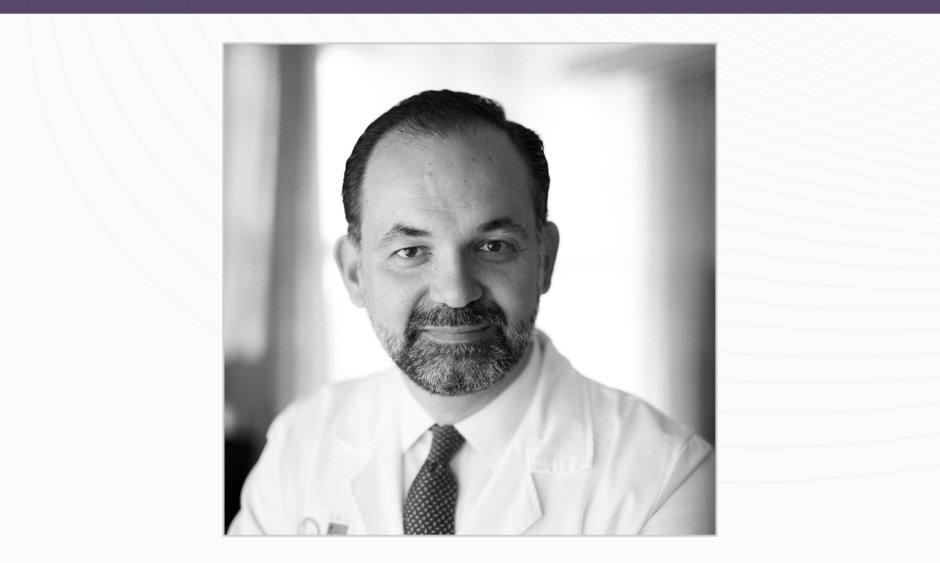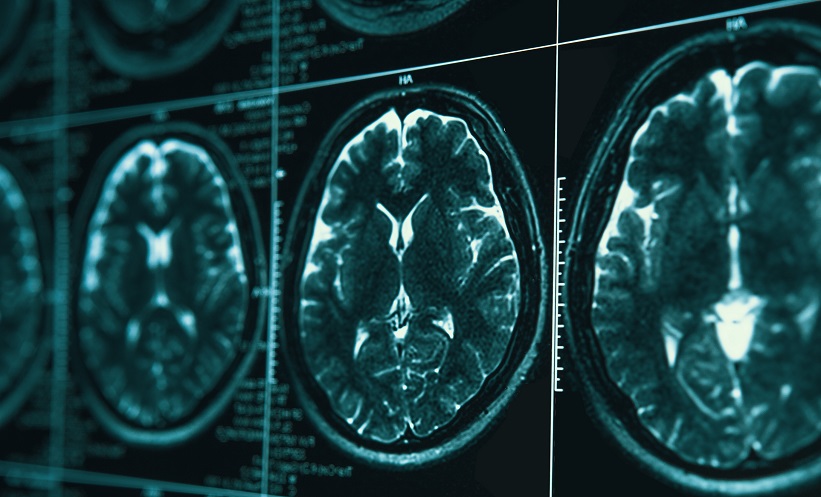Prof Dr Michael Fuchsjäger | President – European Society of Radiology (ESR) Medical University Graz, Graz, Austria
![]()
What were your proudest achievements during your term as ESR President?
My main focus in the past year was to establish the European Congress of Radiology (ECR) as an online event that lived up to the quality and charm of its onsite equivalent, which posed quite a challenge but also offered the possibility of creating new ideas in terms of novel interactive concepts for online education and scientific exchange.
The centrepiece of every congress is its scientific programme and together with the ESR team we managed to offer a largely extended programme, including early morning and late-night sessions to make the live parts of the programme attractive to participants from all time zones.
It was also my wish to give back to the numerous abstract submitters who have always been the cornerstone of every ECR, and therefore we introduced a new format where submitters present the best rated abstracts during the main programme.
I was particularly excited to see the ‘In Focus’ programme being held at the congress this year. With a focus on the wellbeing of healthcare professionals, this programme was extremely timely and very important in light of the pandemic.
The ESR as a whole has adapted swiftly and ably to the new conditions and continues to serve its members and imaging professionals at large during these trying times. It was very important to me to see our support programmes ‘Invest in the Youth’ and ‘Shape your Skills’ continue, which enabled young professionals to participate in ECR for free.
Together with our colleagues from the European Board of Radiology (EBR) we were also able to establish an online version of the European Diploma in Radiology exam, which was very well received by candidates as it offered candidates from all around the world the opportunity to sit the examination even during the pandemic.
This year’s ECR featured the Pop-Up World Tour for the first time. What inspired this addition to the programme, and how did it impact international collaboration in the field?
What we have missed most about our onsite meeting is the chance to meet our colleagues and partners from all around to world and the exchanges that spring from that. So, we wanted to offer the possibility for our closest institutional and industry partners to join us for ECR 2021 and to present themselves from all around the world. The Pop-Up World Tour included broadcasts from 20 cities and was a part of Channel N° 1, which acted as a central fixed point, around which all other congress events ultimately revolved.
I think this concept also demonstrated one of the greatest benefits of online meetings: there are no limits to international co-operation as everyone is just a click away.
One focus of this year’s congress was physical and mental wellbeing. What impact has the coronavirus disease (COVID-19) pandemic had on the wellbeing of healthcare professionals in radiology?
For many, the pandemic has had a negative impact on their mental health, and this is particularly true of those working in healthcare. Healthcare professionals at large throughout the world have been subjected to enormous stress and extreme workloads, as well as making sacrifices and putting their own safety at risk to help those who have been afflicted by COVID-19. I felt that it was only right to make the wellbeing of us all a primary theme of this year’s congress. Events such as ECR help unite us and remind us that we are not alone in our struggles, but are in fact working together to support each other. I believe that our In Focus programme in particular provided useful and practical advice for those who have been negatively affected by the pandemic in their professional duties.
The ESR recently published an article detailing the results of a patient survey of value in relation to radiology. What is value-based radiology, and what were the key takeaways from the survey?
Value-based healthcare (VBHC) is a concept seeking to place quality, rather than quantity, at the centre of healthcare decision-making to simultaneously reduce costs and improve health outcomes. It is an attempt to provide a different perspective and relocate patients at the centre of healthcare. The notion of including patients’ perspectives has long been integral to the ESR’s Value-Based Radiology Subcommittee: the ESR was a pioneer amongst medical scientific societies in creating a Patient Advisory Group (ESR-PAG) within the society structure.
To date, radiology’s place in the value chain has remained, to a large extent, overlooked: radiology is either omitted from the value chain, or included only as a cost. But swift and accurate diagnosis is crucial in determining the ability to meet patients’ needs successfully. In the future, planning and resource allocation will almost inevitably depend on value-based metrics, so it is of the upmost importance to make sure that radiology’s contribution to achieving optimum value is recognised. For this reason, the recent patient survey is vital to our understanding of how patients perceive the value of radiology and how that value to patients may be maximised.
I will just very briefly summarise the key take away points and strongly recommend reading the full article.1 It was shown clearly that patients are currently unfamiliar with VBHC and value-based radiology concepts, while being generally satisfied with radiology services. The patients’ conception of value is foremost based on appropriately performed examinations and correct diagnoses. The survey shows significantly that insufficient communication is a main cause for patients’ dissatisfaction, while simple measures could have a significant impact in improving communication and patient satisfaction.
Artificial intelligence (AI) is an increasingly prevalent technology in medicine, especially in the field of radiology. How do you see AI being integrated into the field?
It cannot be denied that AI will have and already is having a major impact on the field of radiology and will significantly change work flows and the future roles of radiologists. There are tasks that in the future will be more quickly and more effectively handled by software. But this only makes the role of the radiologist more complex, allowing us to focus on different aspects whilst also creating new responsibilities.
In my opinion, it all comes down to the education and training of future radiologists as those are the ones who will use those tools and will work in an even more technically driven environment.
As stated in the ESR white paper on AI, the implementation of AI in radiology requires that trainees learn how to best integrate AI in radiological practice, and therefore a specific AI and informatics module should be included in the future radiology training curricula. Furthermore, leadership should be taken in educating policymakers and payers about radiology, AI, their integration and the associated pitfalls.
Are there any current challenges in radiology, and how they can be potentially overcome?
Radiology is a field that is rapidly developing, and this comes with challenges and opportunities in various areas of the field.
AI is boosting innovations and poses a great potential to radiology, which we have to fully leverage while at the same time trying our best to ensure the highest standards for clinical validation for AI applications. Radiology is at the forefront of AI integration and I would like to see the discipline remain in the driving seat of innovation in healthcare.
An ongoing challenge, not exclusive to radiology, is finding ways to attract young professionals to our discipline and ensuring that future radiologists have the right skill set to work in an environment that is more and more digital and driven by technological developments. Also, in the aspect of education, AI is offering great potential.
The diagnostic pathway can be jointly improved by driving forward the field of integrated diagnostics, with radiology, pathology, and laboratory medicine having a substantial overlap in their mission and therefore a great potential.
We have to sharpen the public conception of the value of radiology and continue to demonstrate that in the frame of wider public health discourse. Studies to quantify the value of radiology in this context should be our focus.
It is among the ESR’s top priorities to encourage research activities and to promote better integration of imaging studies in clinical trials alongside advocating for European research funds for our field.
Turf battles are neither a new thing nor do they only affect radiology, they are common to other medical disciplines as well, but still, they pose the biggest challenge. Outside specialties help themselves to procedures reserved for radiologists and this is weakening radiology as a discipline. This makes it even more important that radiologists stand together and focus on their strengths but also analyse the weaknesses of the discipline. Turf battles, coming from within or without, can only weaken us as a discipline. ■








